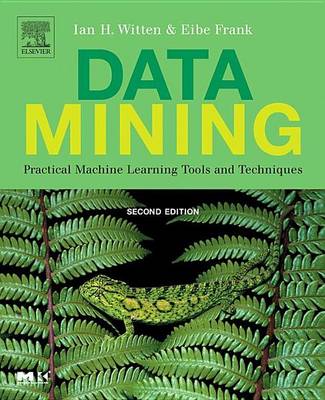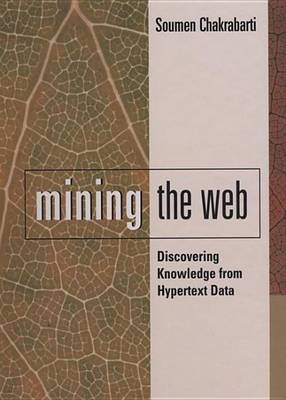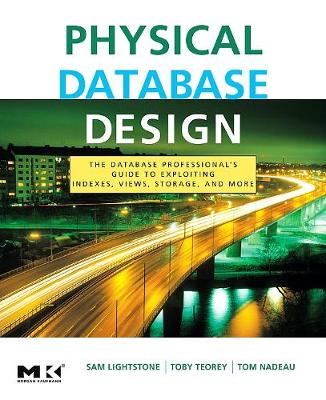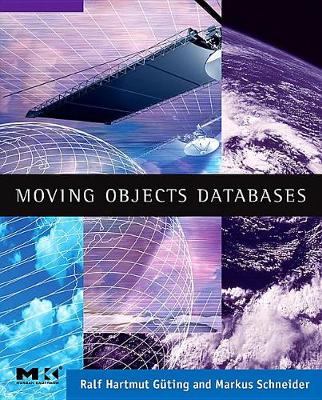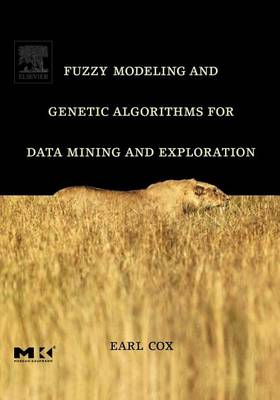The Morgan Kaufmann Series in Data Management Systems
8 total works
Database Modeling and Design
by Toby J. Teorey, Sam Lightstone, and Tom Nadeau
The highlights of this new edition include thirty new technique sections; an enhanced Weka machine learning workbench, which now features an interactive interface; comprehensive information on neural networks; a new section on Bayesian networks; and much more.
This text is designed for information systems practitioners, programmers, consultants, developers, information technology managers, specification writers as well as professors and students of graduate-level data mining and machine learning courses.
Data Mining: Know It All
by Soumen Chakrabarti, Earl Cox, Eibe Frank, Ralf Hartmut Guting, Jiawei Han, Xia Jiang, Micheline Kamber, Sam S. Lightstone, Thomas P Nadeau, and Richard E Neapolitan
Database Modeling and Design: Logical Design
by Toby J. Teorey, Sam Lightstone, Tom Nadeau, and H V Jagadish
Physical Database Design
by Sam S. Lightstone, Toby J. Teorey, and Tom Nadeau
Physical Database Design discusses the concept of how physical structures of databases affect performance, including specific examples, guidelines, and best and worst practices for a variety of DBMSs and configurations. Something as simple as improving the table index design has a profound impact on performance. Every form of relational database, such as Online Transaction Processing (OLTP), Enterprise Resource Management (ERP), Data Mining (DM), or Management Resource Planning (MRP), can be improved using the methods provided in the book.
It includes homework assignments at the end of each chapter, exercises throughout the text that students can complete as they read, and a solutions manual in the back of the book.
This book is intended for graduate or advanced undergraduate students. It is also recommended for computer scientists and database systems engineers and programmers in government, industry and academia; professionals from other disciplines, e.g., geography, geology, soil science, hydrology, urban and regional planning, mobile computing, bioterrorism and homeland security, etc.
Fuzzy Modeling and Genetic Algorithms for Data Mining and Exploration
by Earl Cox
You don't need a background in fuzzy modeling or genetic algorithms to benefit, for this book provides it, along with detailed instruction in methods that you can immediately put to work in your own projects. The author provides many diverse examples and also an extended example in which evolutionary strategies are used to create a complex scheduling system.

